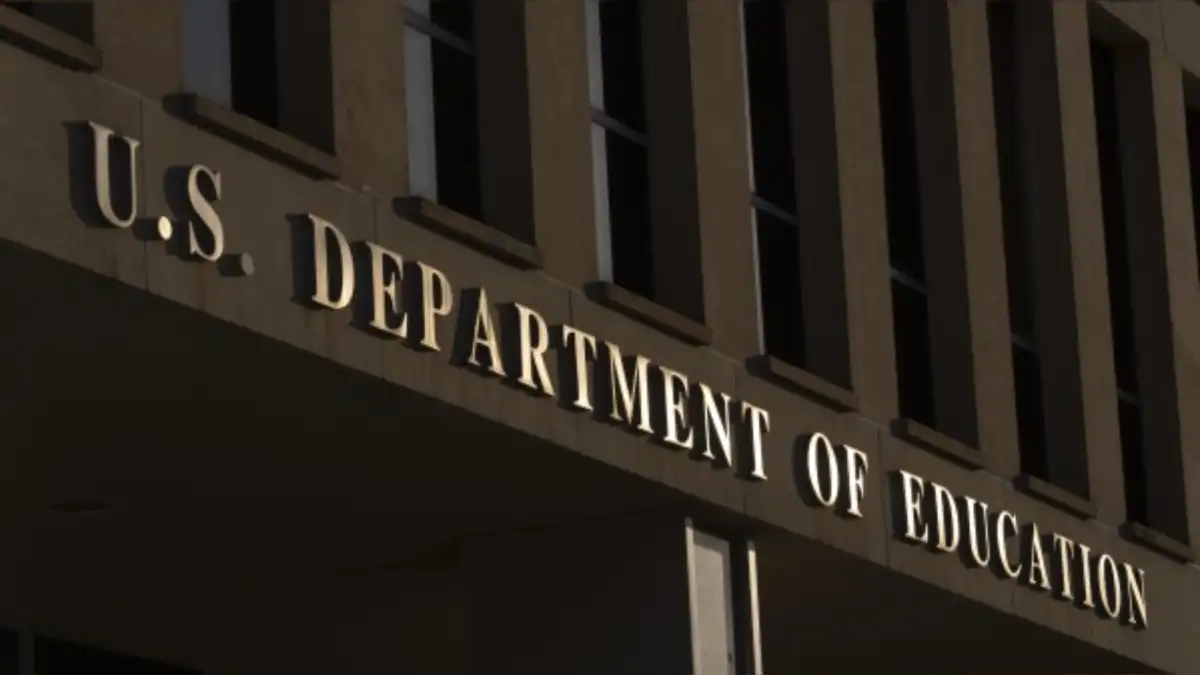After a multi-year pause due to the COVID-19 pandemic, the U.S. Department of Education is set to resume federal student loan collections. Millions of borrowers who have fallen behind on payments will soon be contacted by debt collectors, with some at risk of wage garnishment and other penalties if they don’t act fast.
The pause on collections was part of a broader pandemic-era relief strategy initiated in March 2020. While loan interest and payments resumed in late 2023, collections on defaulted loans had remained frozen—until now. As of May 1, 2025, the Department of Education will officially restart collection activities on defaulted federal student loans.
What Does the Restart Mean for Borrowers?
Borrowers with loans in default status are the primary group affected by this policy change. Default typically occurs when payments have been missed for 270 days or more. Once in default, borrowers face serious consequences, including:
- Wage garnishment
- Tax refund seizures
- Damage to credit scores
- Ineligibility for federal aid or deferment options
Collections will not restart overnight for all defaulted borrowers, but rather in phases. Still, officials warn that inaction could lead to immediate financial consequences.
Fresh Start Program Still Available for Defaulted Borrowers
In an effort to cushion the blow of collections resuming, the Biden administration launched the “Fresh Start” program—a one-time opportunity to bring defaulted borrowers back into good standing.
Here’s what Fresh Start offers:
- Immediate removal from default status
- Restoration of federal financial aid eligibility
- No collections during the transition period
- Access to income-driven repayment (IDR) plans
Borrowers must opt in to the Fresh Start initiative by contacting their loan servicer or visiting StudentAid.gov. This program is free and available for a limited time.
Key Steps Borrowers Should Take Now
To avoid the harsh penalties associated with default and collections, borrowers should take the following steps immediately:
1. Check Loan Status
Log in to your account at Studentaid.gov to verify whether your loans are in good standing, delinquent, or in default.
2. Explore Repayment Options
If you’re struggling to make payments, consider applying for an income-driven repayment plan, which caps monthly payments based on your income and family size.
3. Use Fresh Start If Eligible
Defaulted borrowers should take advantage of the Fresh Start program to get back on track before collections fully resume.
4. Update Contact Information
Ensure your loan servicer has your current phone number, email, and address so you don’t miss critical updates.
The Political and Economic Context
The return of student loan collections comes amid political tension surrounding the Biden administration’s student debt relief efforts.
While a broad loan forgiveness plan was struck down by the Supreme Court in 2023, the Department of Education has pursued targeted forgiveness for specific groups, including public servants and defrauded borrowers.
Critics argue that restarting collections could put further pressure on vulnerable households already struggling with inflation, housing costs, and high interest rates. Advocates for borrowers are urging the Department to offer more flexible payment options and expanded access to forgiveness programs.
On the other hand, proponents of the restart claim it is necessary to bring accountability back to the federal lending system and reduce the burden on taxpayers.
What If You Can’t Pay?
If you’re unable to pay your loans even under an income-driven plan, you may qualify for:
- Deferment or forbearance (though interest may still accrue)
- Loan rehabilitation for defaulted loans
- Public Service Loan Forgiveness (PSLF) if you work in qualifying employment
Ignoring notices from your loan servicer will only lead to stronger enforcement actions, so it’s essential to communicate and explore your options.
Conclusion: Prepare Now to Avoid Financial Consequences
The restart of federal student loan collections on May 1, 2025, is a significant shift for millions of borrowers. After years of relief, those in default must now act quickly to prevent wage garnishment, tax refund seizure, and long-term credit damage.
Fortunately, programs like Fresh Start provide a path to recovery and financial stability, but time is limited. By understanding your loan status, taking proactive steps, and working with your loan servicer, you can minimize the impact of the collections restart.
For more information and resources, visit the U.S. Department of Education’s official loan help site.
Disclaimer – Our team has carefully fact-checked this article to make sure it’s accurate and free from any misinformation. We’re dedicated to keeping our content honest and reliable for our readers.
